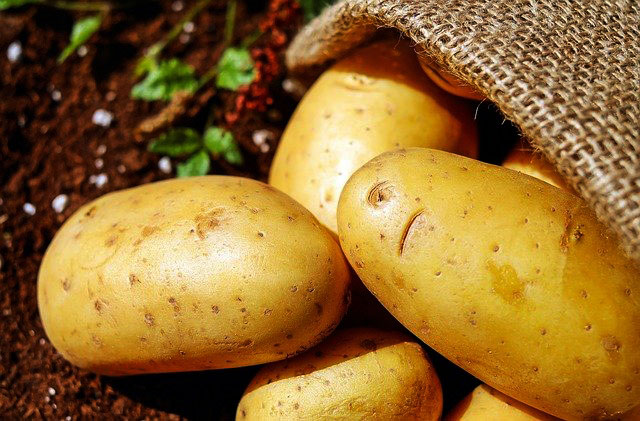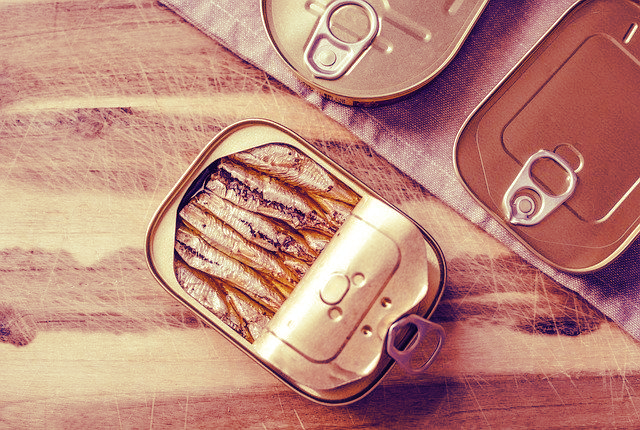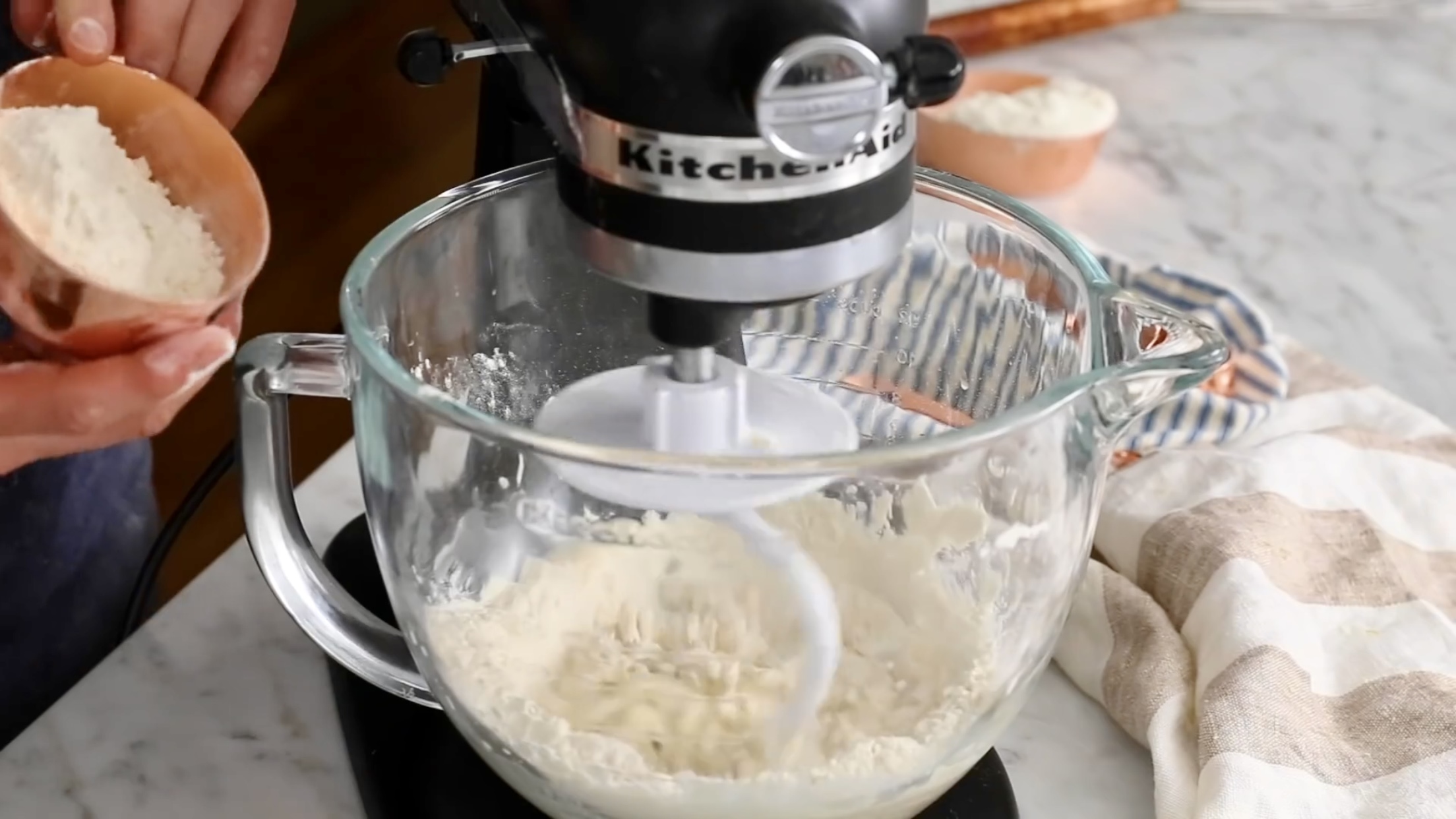Can't you just move up the wedding? Surely that would be simpler than reengineering a cake recipe! A better question is, do you have to make the cake so far in advance? To be honest, there are not many wedding cakes that would benefit from three weeks in the refrigerator either, even if that were an option. (Actually breads and cakes grow stale more quickly at refrigerator temperatures than at room temperature.)
We don't get a lot of questions like this. But cake recipes tend to follow fairly defined formulas, and if you fiddle substantially with one ingredient, you can easily throw off the entire balance and make a mess. For instance, in a traditional butter cake recipe, the weight of the sugar should be equal to or less than the weight of the flour, the weight of the eggs should be equal to or greater than the weight of the fat, and the weight of the liquids (eggs and milk) should equal the weight of the flour.
The leavening can be calculated in one of two ways: 1 to 1-1/2 ounces of baking powder for every pound of liquid (other than eggs), or 1 to 1-1/4 teaspoons of baking powder or 1/4 teaspoon of baking soda for every cup of flour.
Shirley Corriher, author of Cookwise (Canada, UK), says more modern "high-ratio" cakes allow for some adjustment to the traditional formula: the weight of the sugar should be equal to or greater than the weight of the flour, the weight of the eggs should be greater than the weight of the fat, and the weight of the liquid should be equal to or greater than the weight of the sugar. Corriher says with either type of cake, though, if you depart from these ratios by more than about 20% in any direction, you do so at your peril.
Cakes and breads grow stale through processes that are not very well understood by scientists. Essentially the crystalline structure of the starch in flour melts when baked, but yearns (our word, not the scientists') to form new crystals once cooled. The starch needs lots of water to do this, and sucks up all the free water in the cake, making is seem to dry out.
There are certain ingredients that inhibit staling and the growth of mold, such as cinnamon and cloves. Raisins and concentrated raisin juice also work. Emulsifiers (such as added egg yolks) and fats help keep the water molecules from being absorbed by the starch crystals to slow the staling process, but again, if you add too much, your cake may not turn out right.
A better approach might be to look at what people prepared in the days before refrigeration and preservatives. Essentially, they made fruitcakes, soaked them in alcohol, and covered them with fondant and/or marzipan. We doubt if even the heat and humidity of Uganda would be a match for such a cake. They are still made and served at some weddings in Britain and other countries, although we seem not to have a heartfelt appreciation for them in the United States.
If you are open to pursuing such an approach, you might consider the two choices in A Fruitcake Fit for a Wedding - either version of which, the recipe writer says, will keep for a month once it has been "marzipanned and iced."

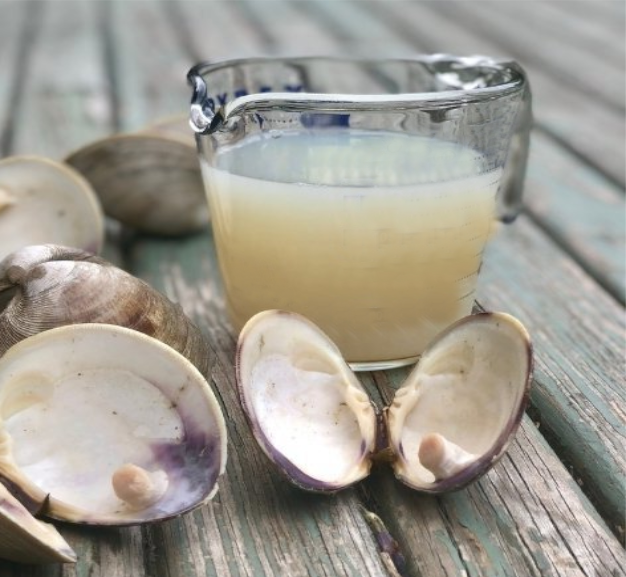


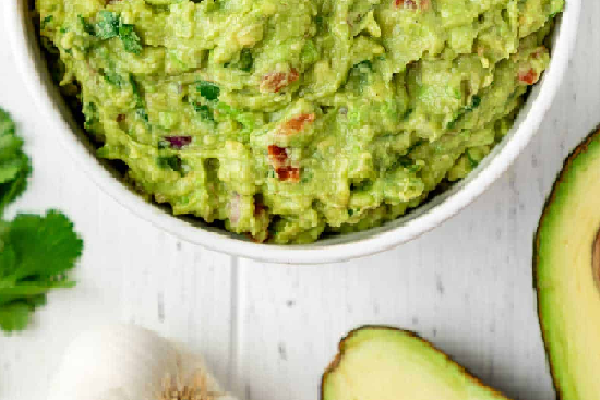



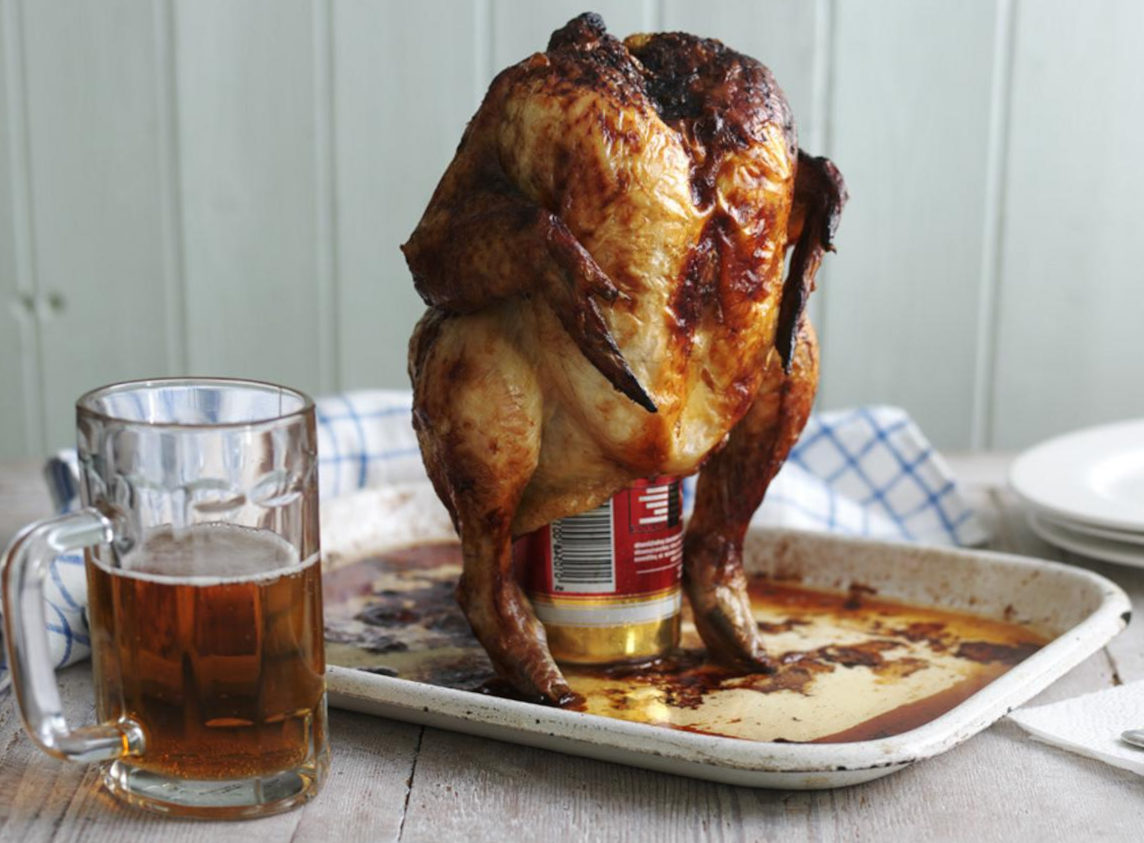
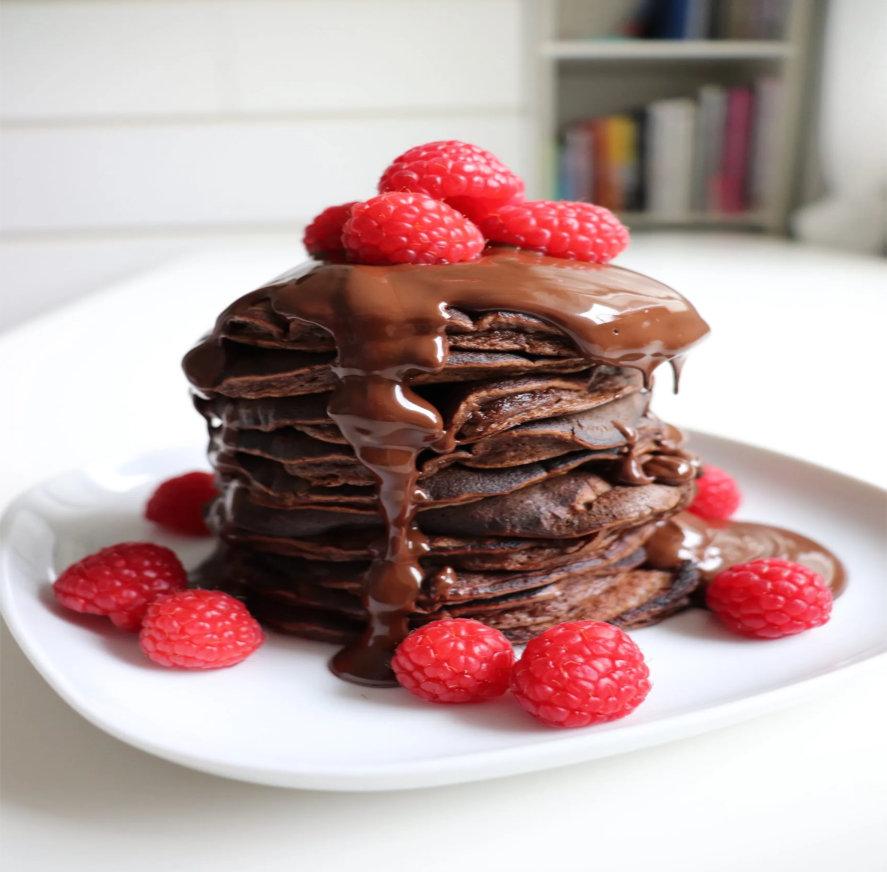
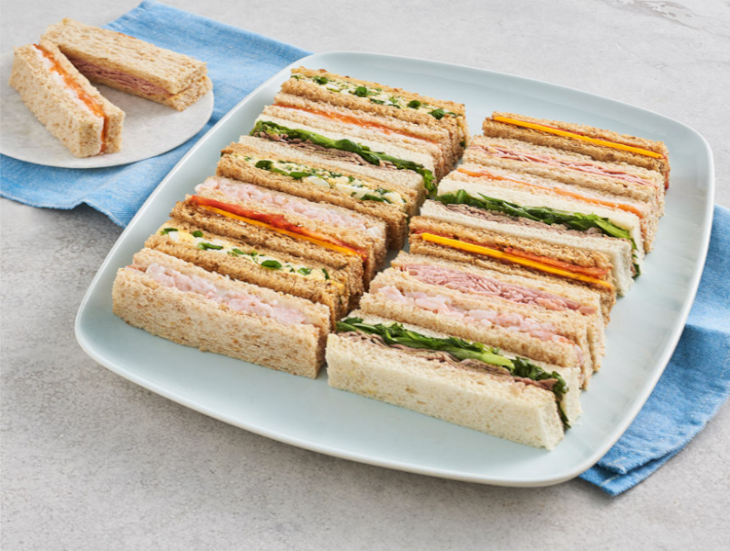



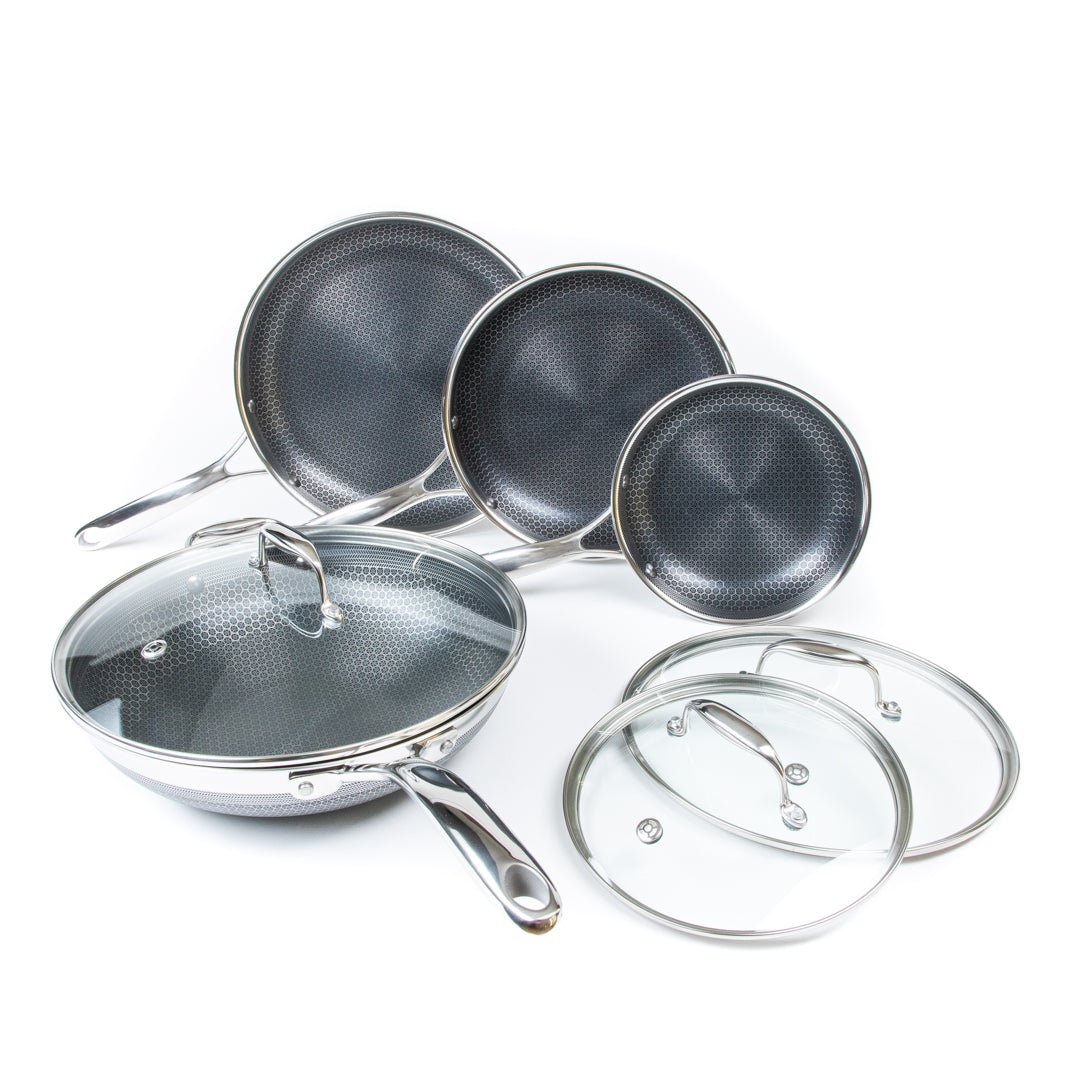


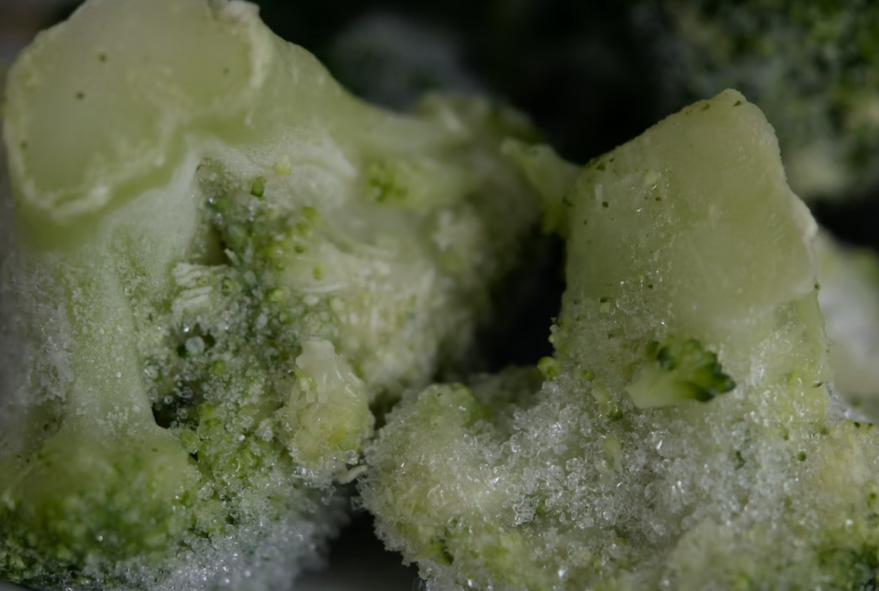
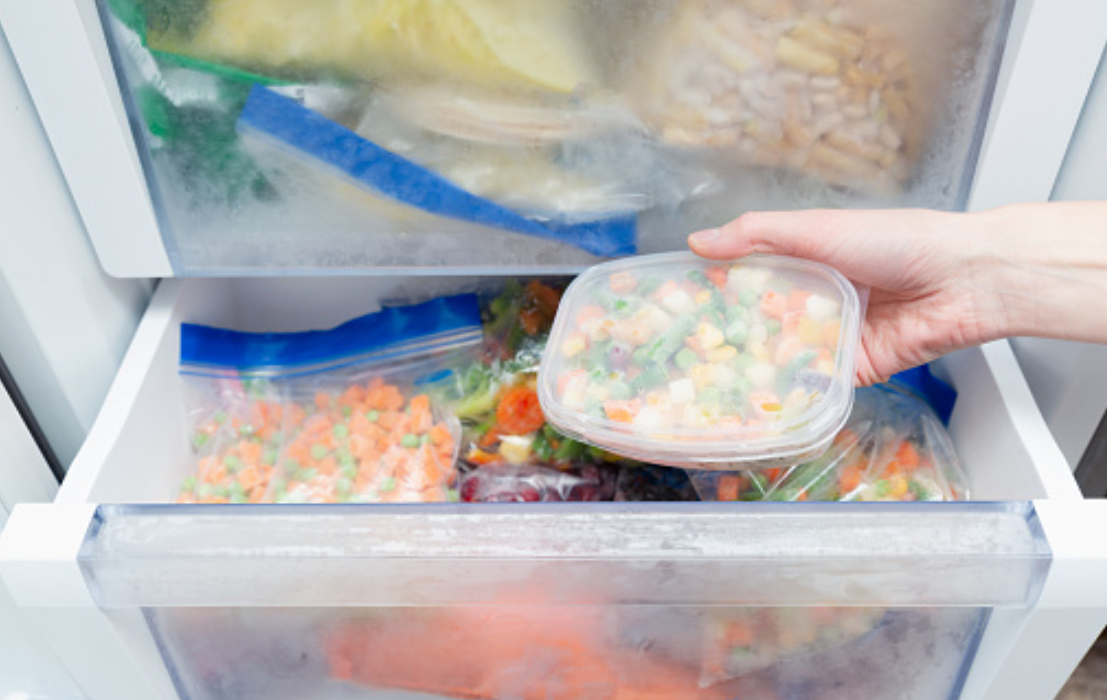
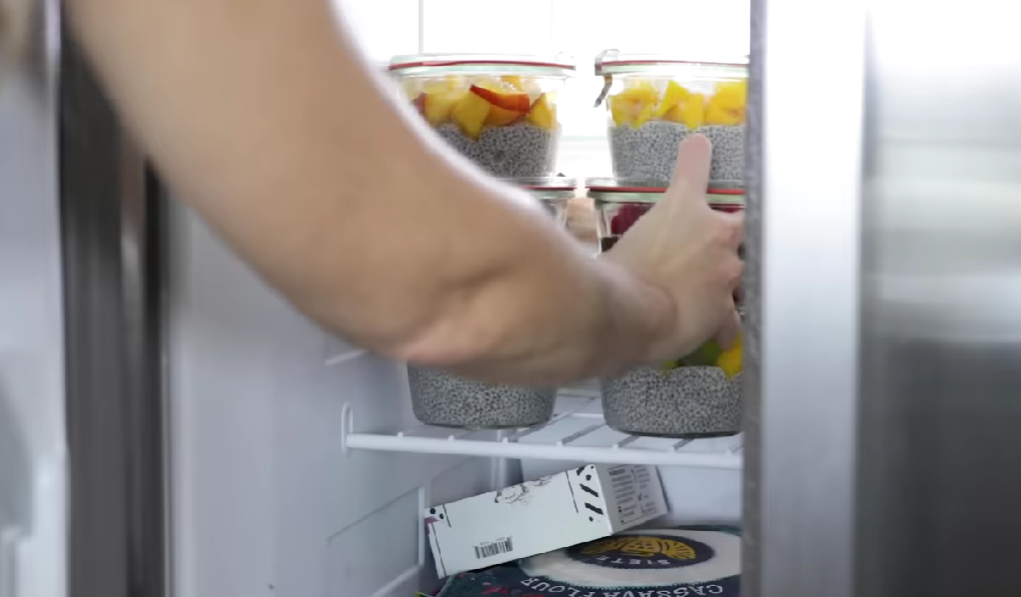

![Can you Cook Eggs in the Microwave? [Complete Guide]](/assets/images/c1f79d1cad59f18f9b5dc31403bd0eb2.png)

